Cave paintingsWhen did humans start drawing? Art history books always start with the Altamira and Lascaux cave paintings. The Altamira cave paintings are murals discovered in caves in the Santander region in northern Spain. Among the paintings spread across several caves, some are 40,000 years old. The Lascaux cave paintings were discovered in a cave near the town of Montignac in southwestern France. It is believed to have been painted between 17,000 and 19,000 years ago. Altamira Cave (Spanish: cueva de Altamira) is a World Heritage Site in Spain. Literally translated, it means "high view." As a relic from the late Paleolithic era, the bones of wild animals and hand-drawn rock paintings of people are preserved intact. Primitive people drew images with charcoal, red clay, or hematite, or used natural dyes to paint. Moreover, because the light and shade techniques are revealed, three-dimensional images appear in some shapes. The most famous feature is the multi-colored ceiling, which depicts two horses, a moose, and a boar. The Altamira Cave influenced many painters, and Picasso, who visited the cave, left these words: "after Altamira, all is decadence" All art after the Altamira mural expressed its emotion through extreme expressions of decline. The first people to use color in drawing were the people who created cave paintings during the Paleolithic Age, about 15,000 years ago. The first natural paints used by mankind at that time were yellow earth (ochre), red earth (ochre), white chalk, and carbon black (Lamp Black) made by burning the fat of hunted animals. The Cave of Lascaux murals painted between 15,000 and 13,000 years ago in the Montignac region of the Dordogne in southern France. Magura cave is located in northwestern Bulgaria, a 17 km de Belogradchik, in the limestone mound "Rabishka Moguila" (461 meters above sea level). It is one of the largest and most beautiful caves in Europe. The Magura cave paintings in Europe are the oldest in Europe at 42,000 years old and are also the most important cave paintings in the entire Balkan Peninsula. Peninsula according to conservation status and complexity. This region of Bulgaria is also cited as the birthplace of the Aurignacian culture, which later spread to the rest of Europe and what could be classified as the world's first pre-pagan religion. Reference: https://blog.naver.com/ohyh45/20148193086
0 Comments
Leave a Reply. |
Myungja Anna KohArtist Categories
All
Archives
July 2024
|
Proudly powered by Weebly

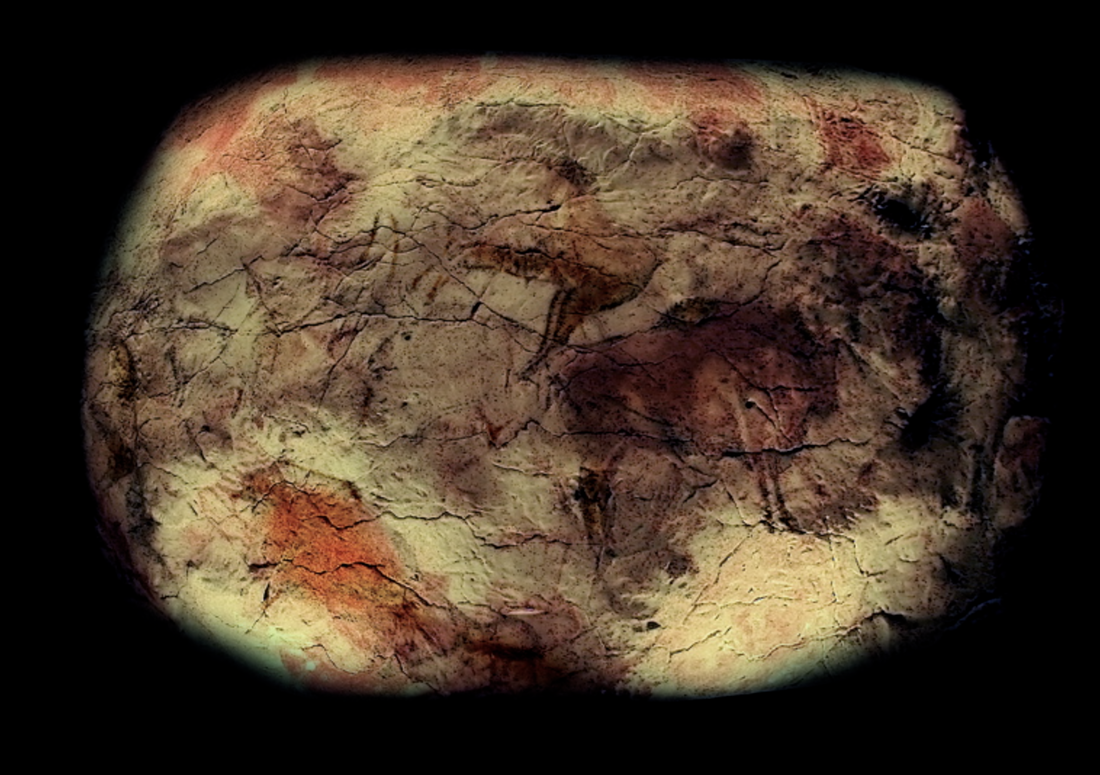
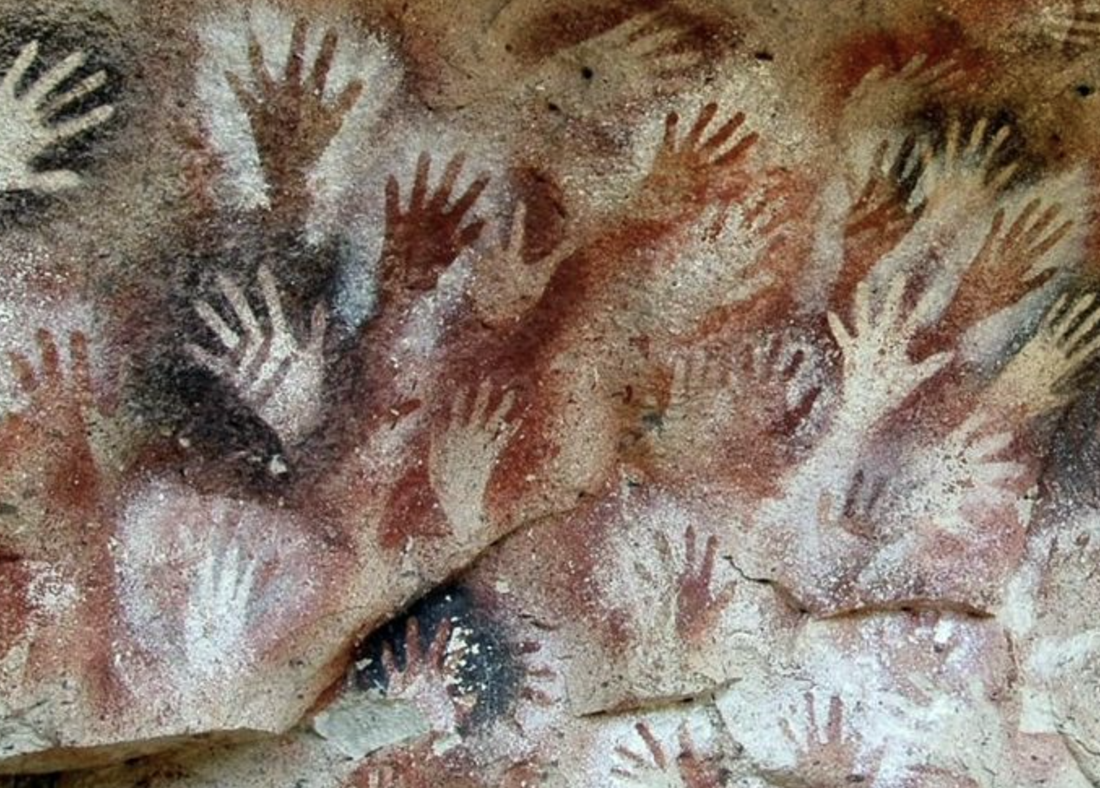
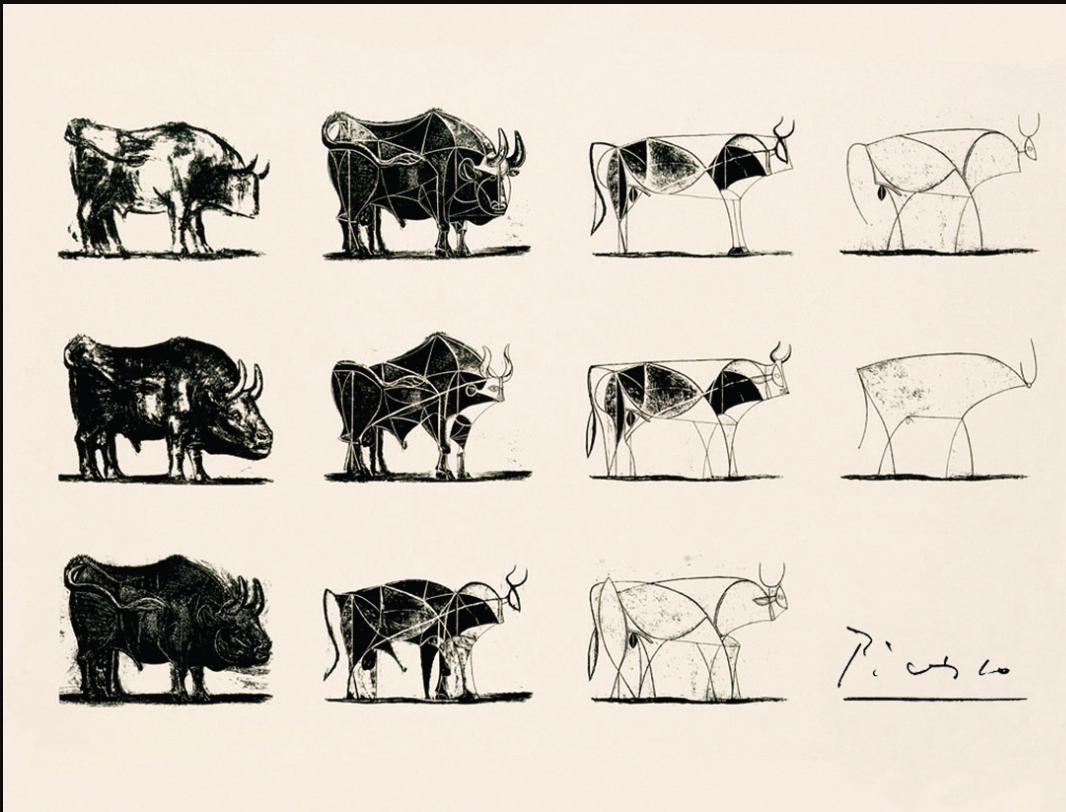
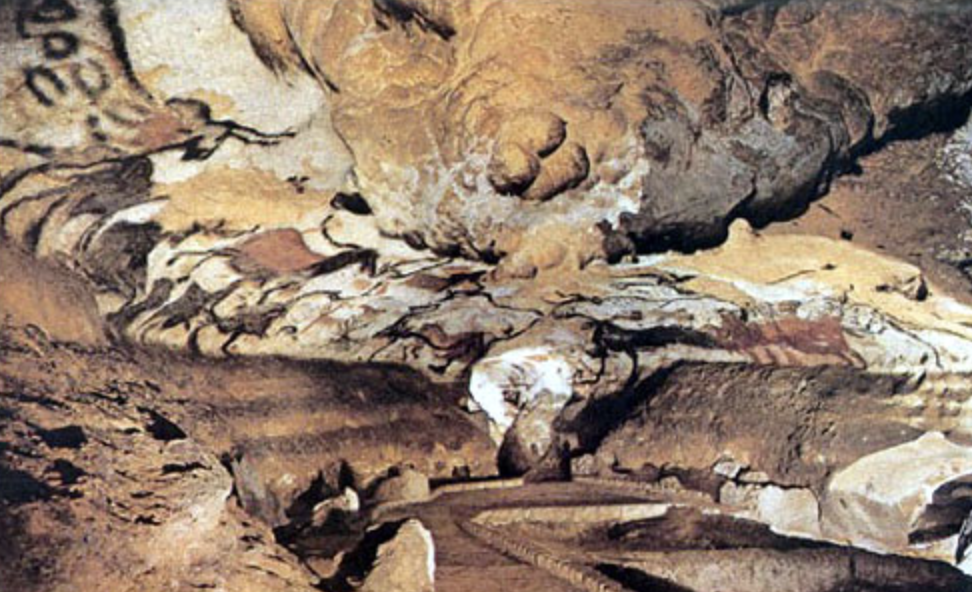
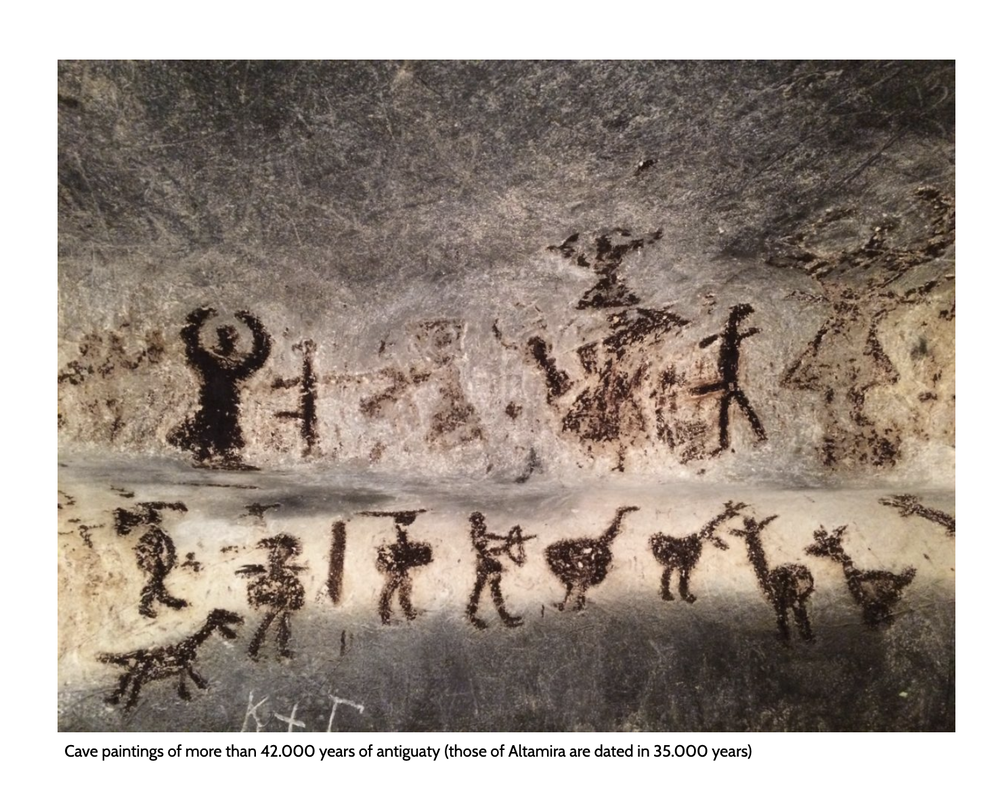

 RSS Feed
RSS Feed